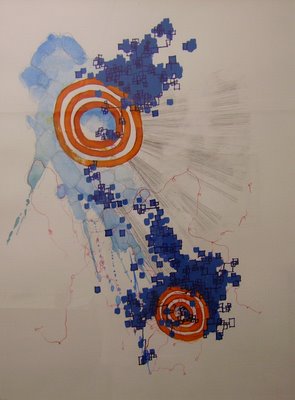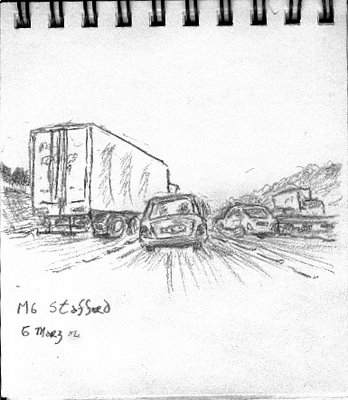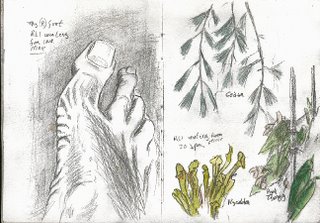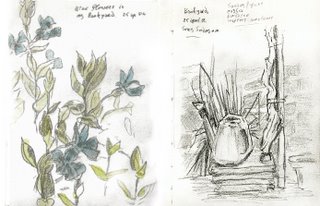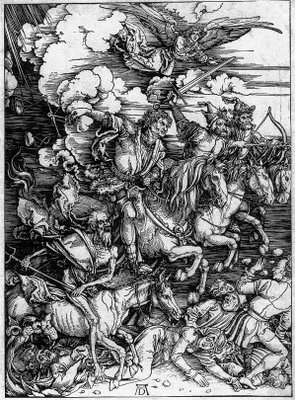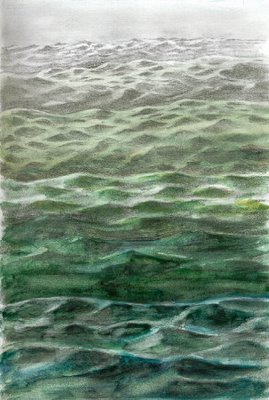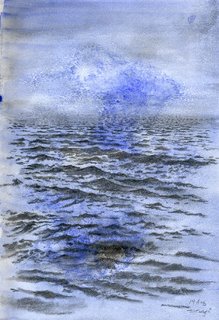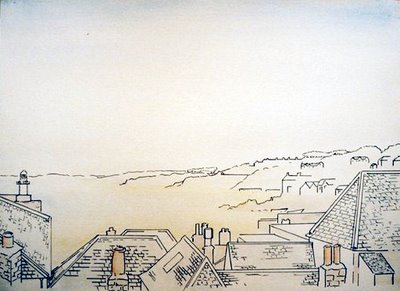
The use of pure line, - albeit with a little colour. Way back in the 1950s when I was serving my time as a draughtsman in structural engineering I came across architect's drawings from time to time and noticed how, unlike us in engineering, they used tone and colour to give their ideas more readable form. Needless to say the Chief Draughtsman took a very dim view of my attempts to emulate this. "Colour and shading is the realm of the artist" I was told. Draughtsmen only deal in facts or proposed facts.
Anyway, the firm went "to the wall" and I finished up in art school.
But the echoes of my involvement with technical drawing/architectural drawing remain. This image was drawn two or three years ago during a stay in St. Ives in Cornwall. Sometimes line is enough. I did this drawing on site and added some watercolour later, rather in the manner of those architects from my youth.

